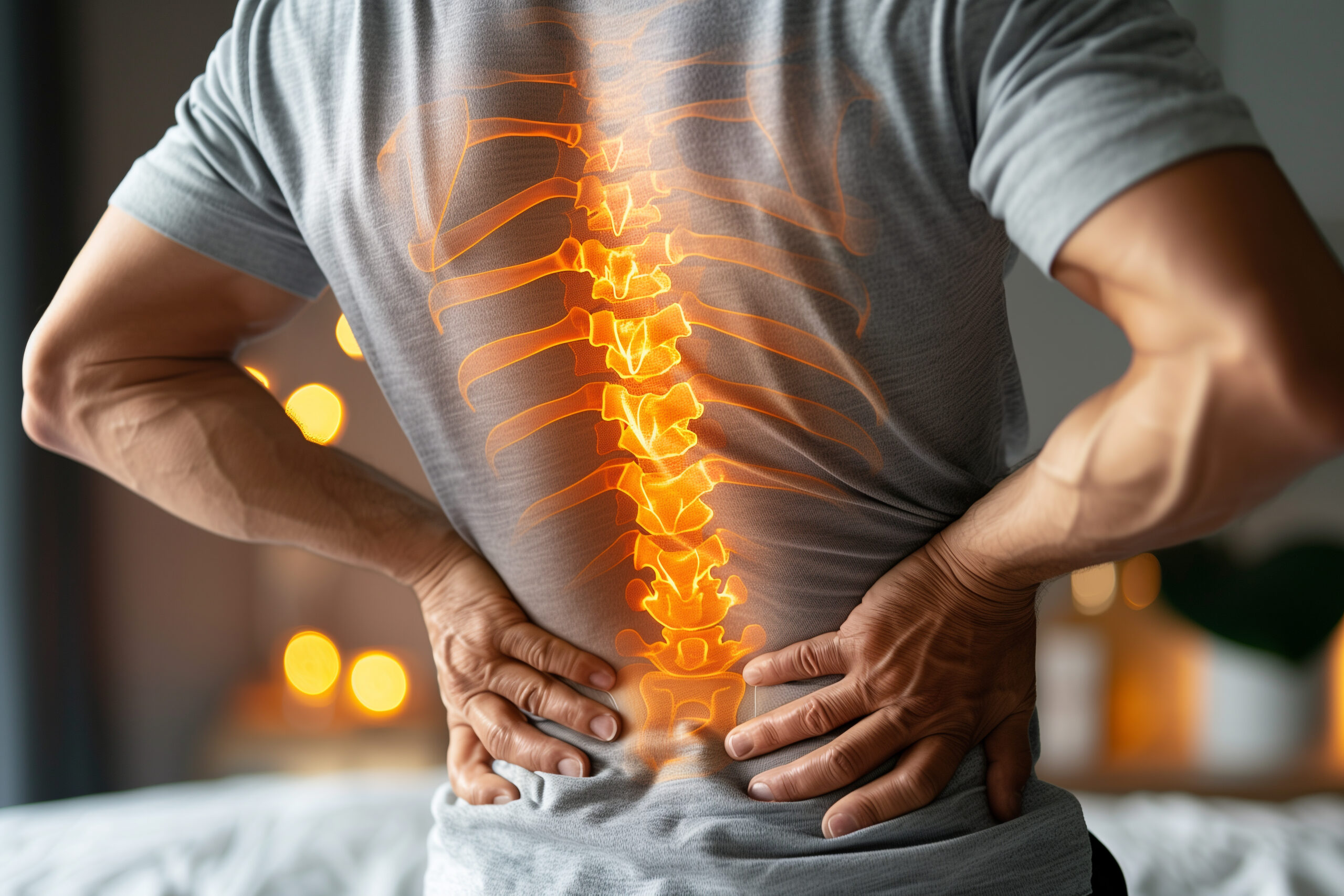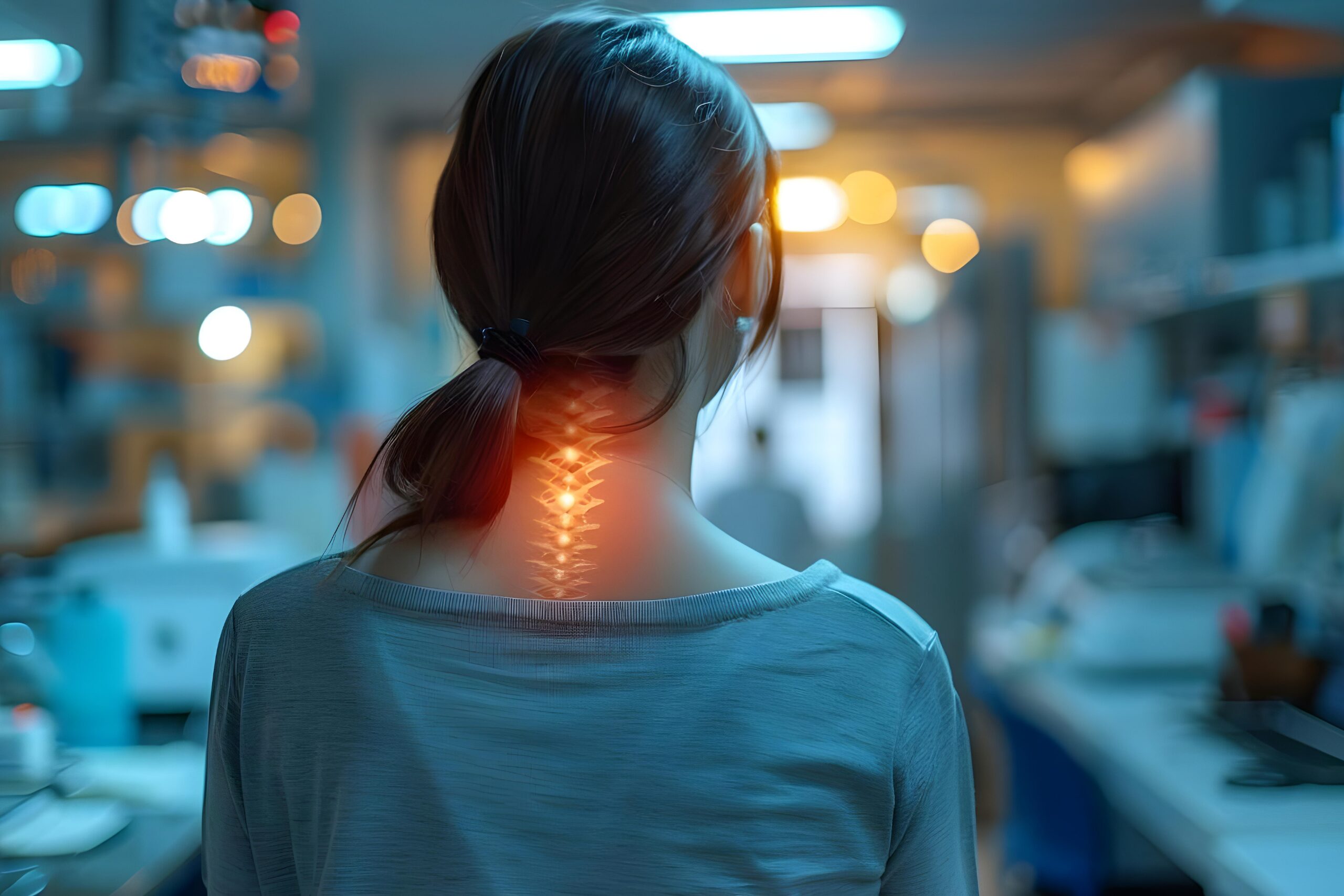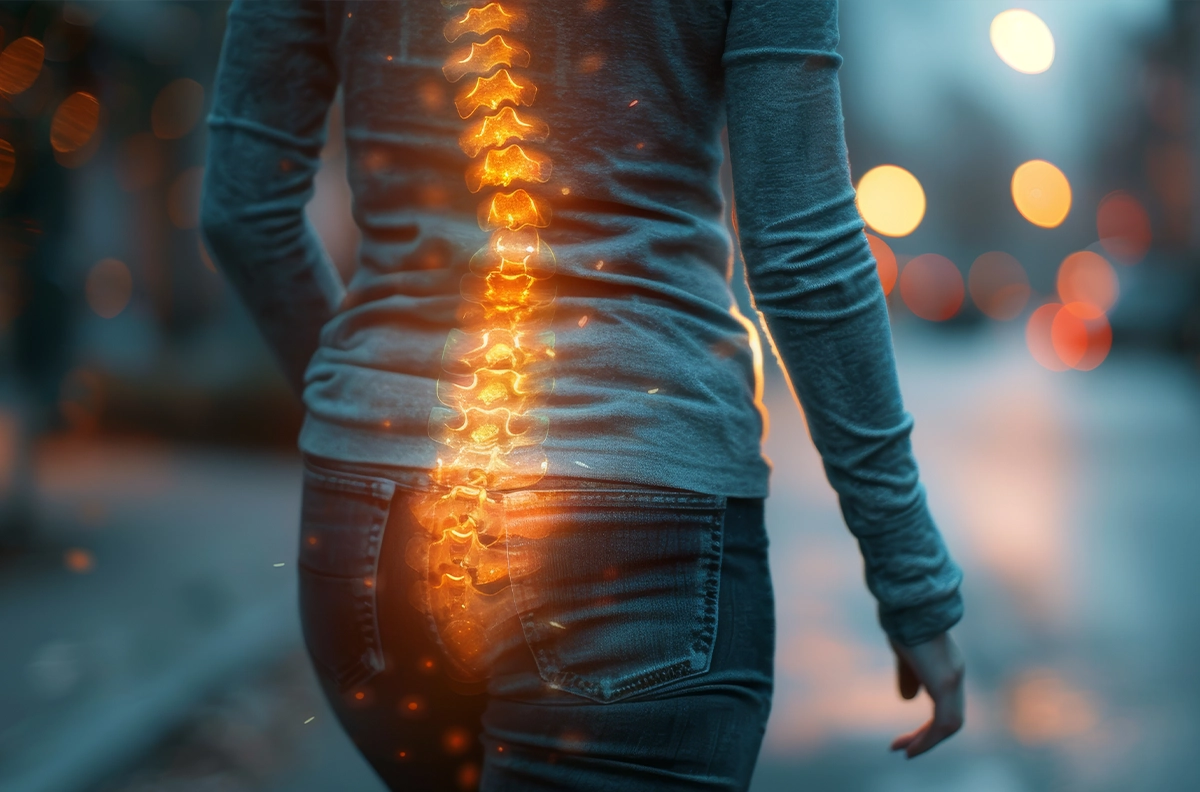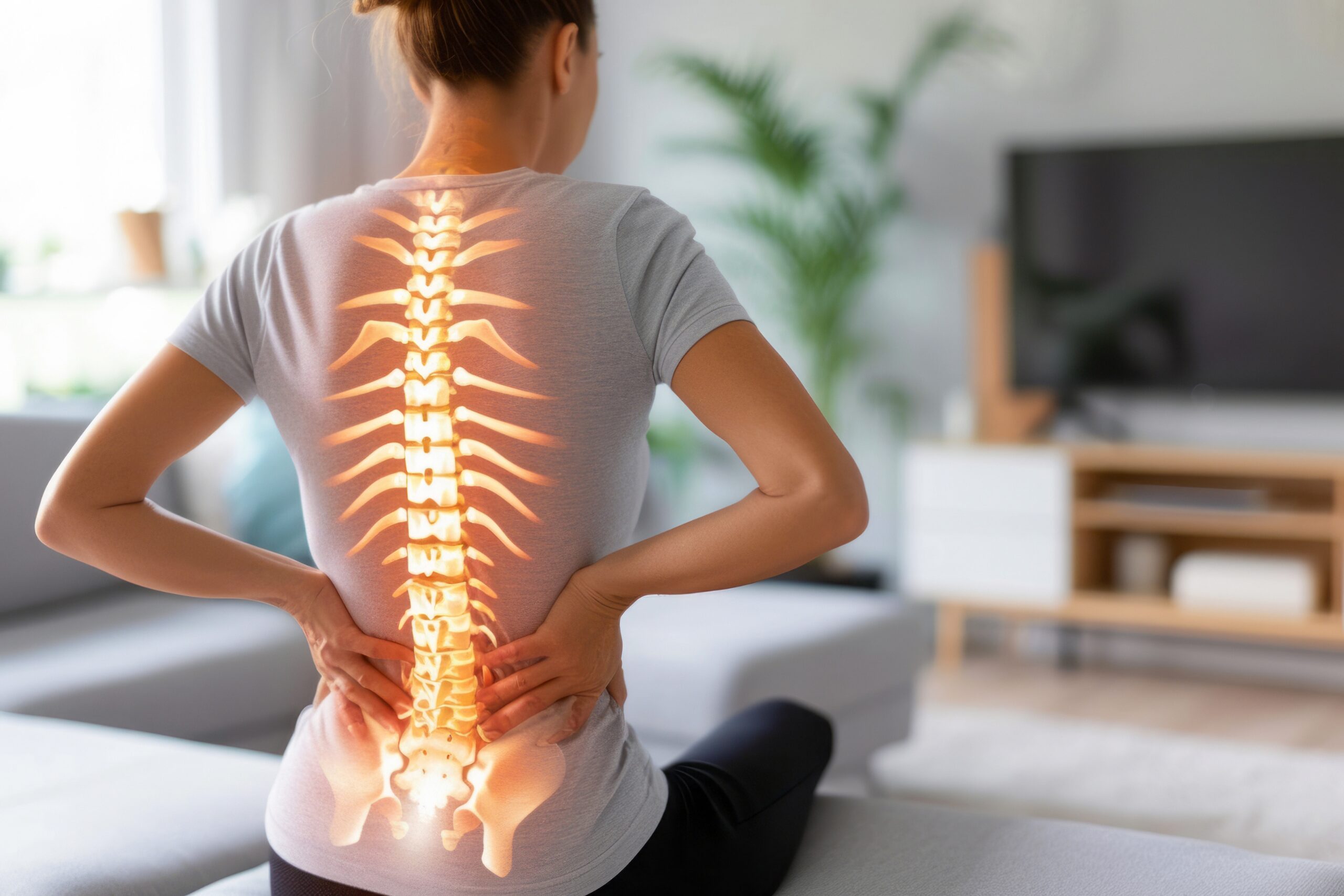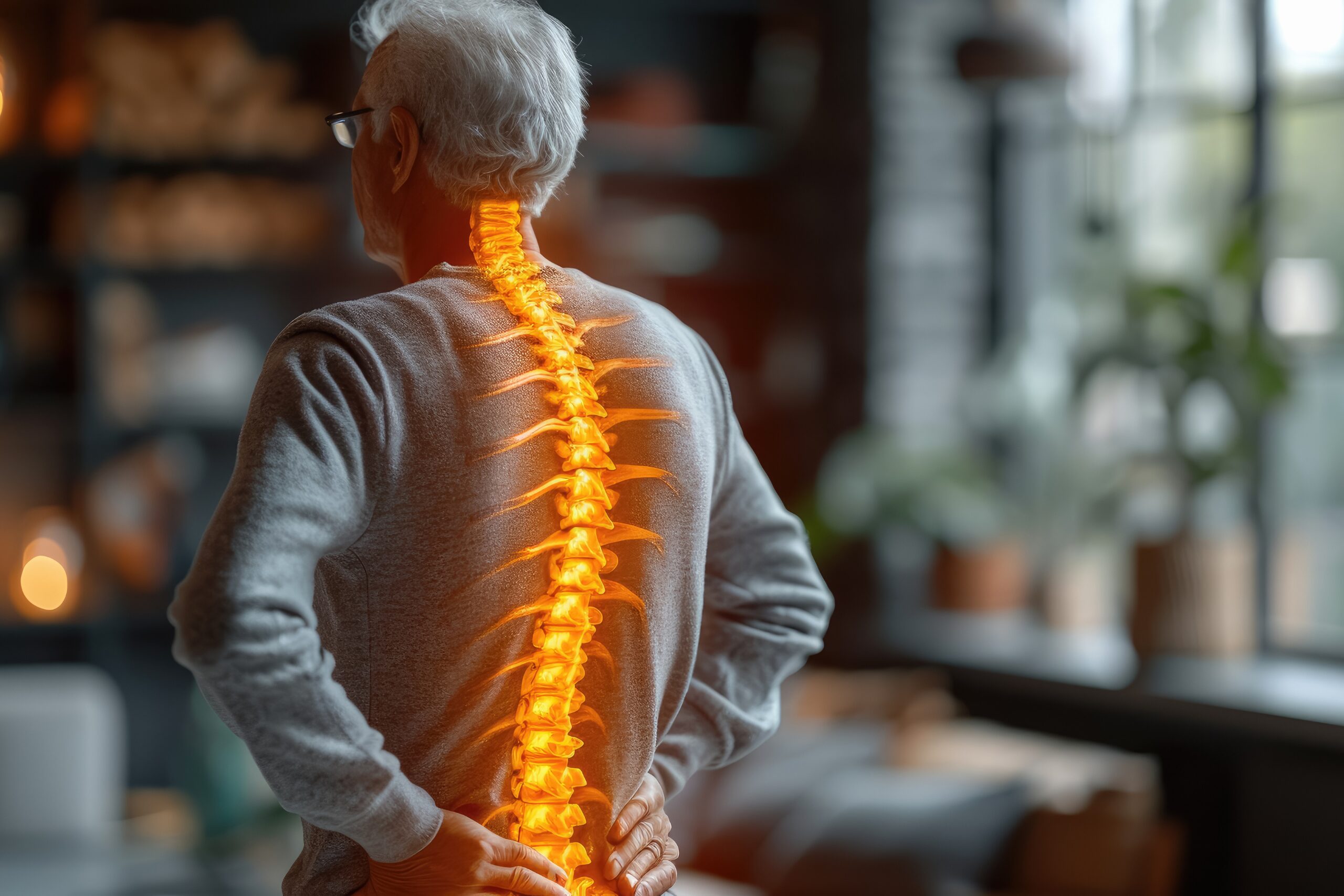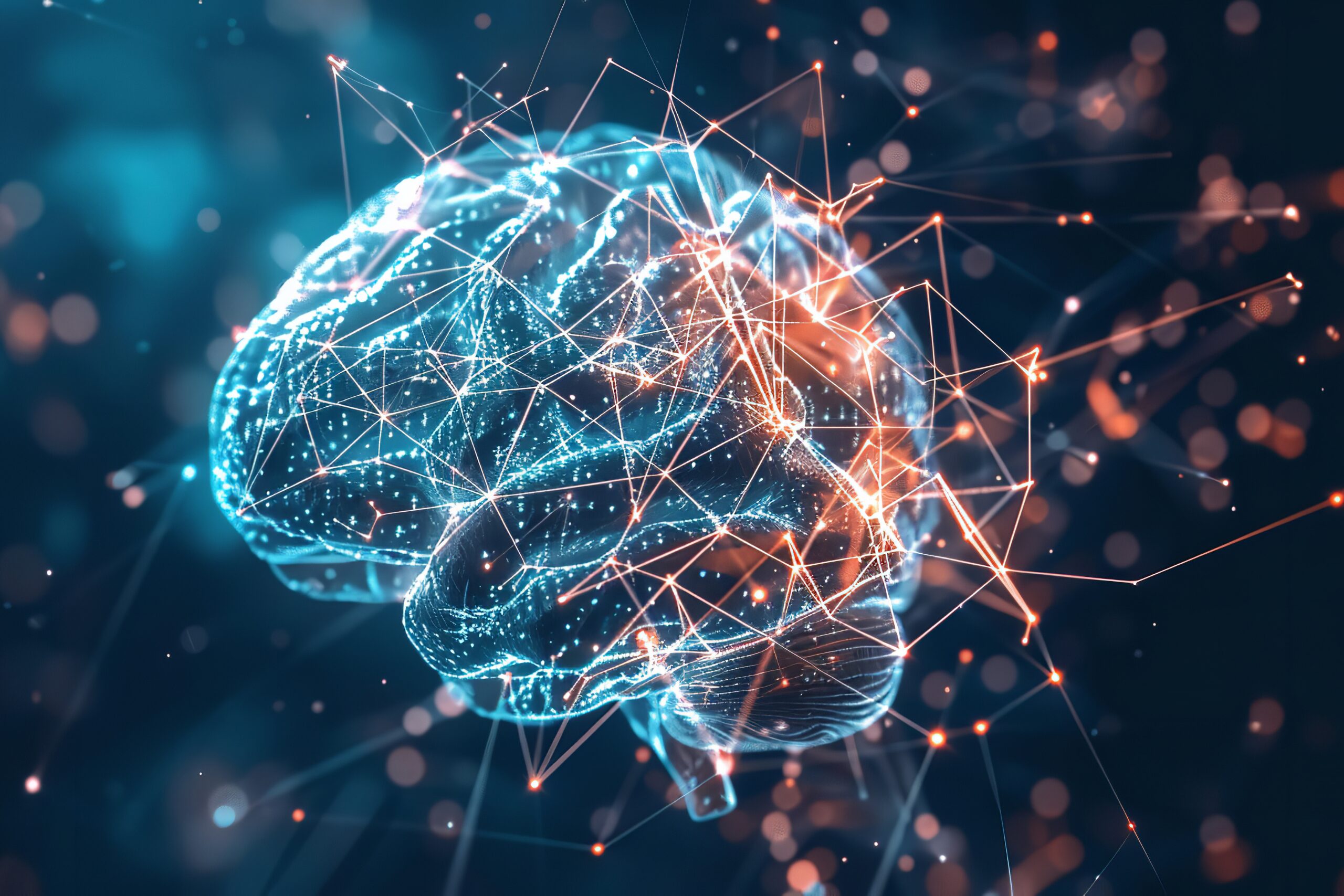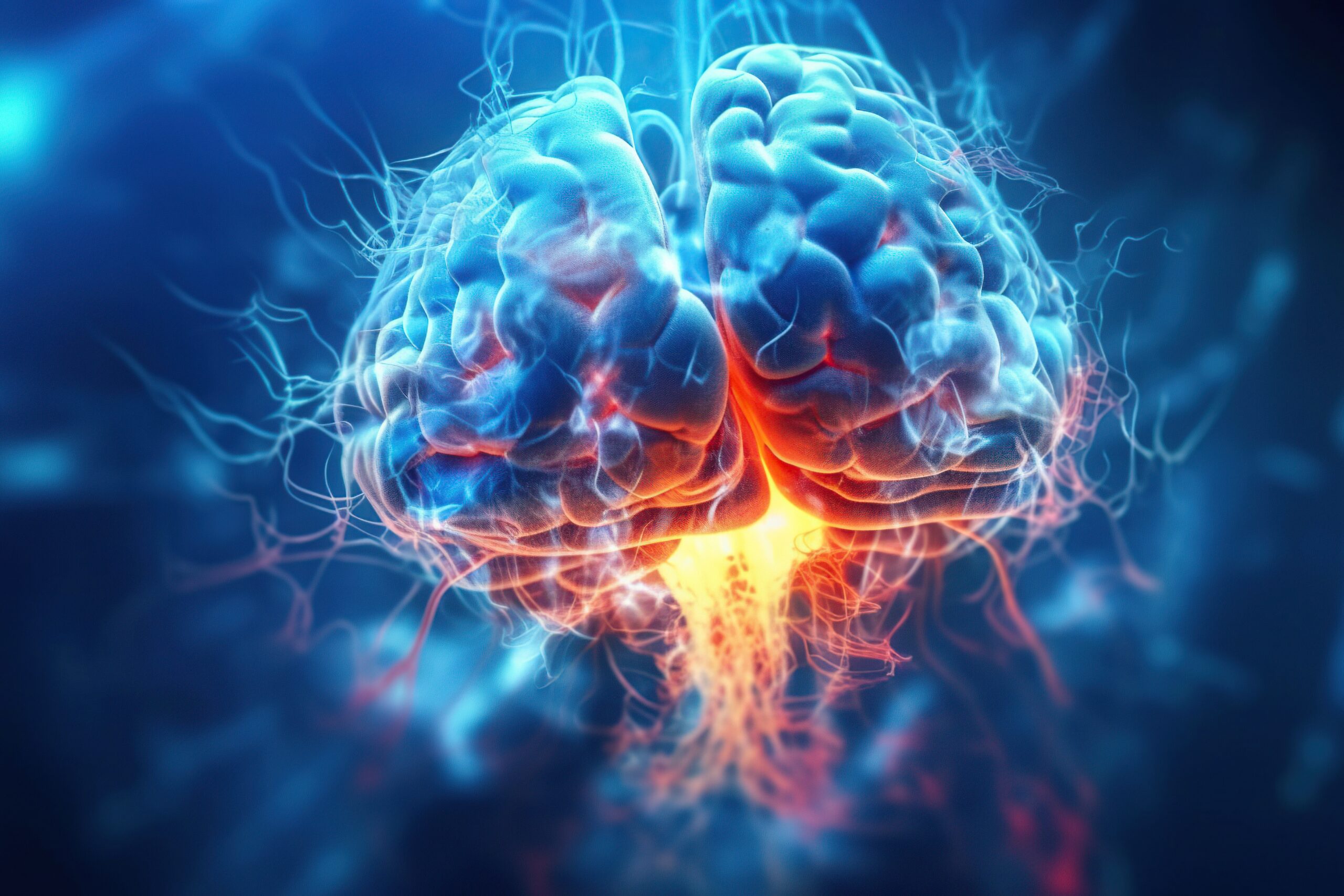Op. Dr. Tahsin SAYGI
Definition, Causes, Symptoms and Treatment Methods of Lumbar Disc Herniation
Our spine is a complex structure that carries our body weight and mediates the transmission of nerve impulses from the brain to our body through the spinal cord passing through it. Thanks to these nerve impulses, our muscles contract and relax and we can move. There are discs that function as ‘shock absorbers’ between the bones we call vertebrae that make up our spine. Since these discs are ‘between’ the vertebrae, they are also called intervertebral discs. On the outside of the discs is a fibrous outer layer called annulus fibrosus. In the centre of the disc is a gel-like structure called the nucleus pulposus, which is surrounded by the annulus. When the structure of the disc deteriorates or the annulus ruptures, the nucleus pulposus moves out of the annulus and herniates. Herniation in the lower back is called herniated disc. As a result of herniation, there is pressure on the spinal cord and the nerves coming from the spinal cord. Due to the pressure, a short circuit occurs in the electrical conduction of the nerve and some complaints occur in the patient due to this short circuit.
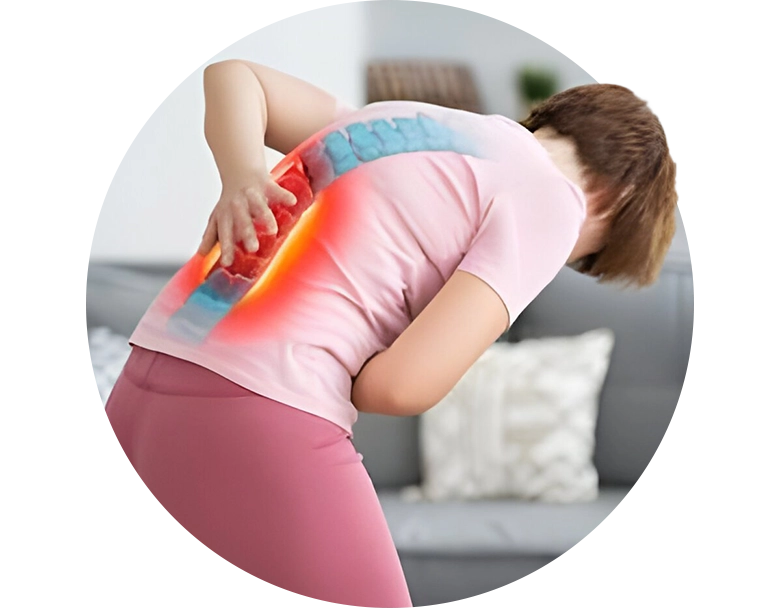
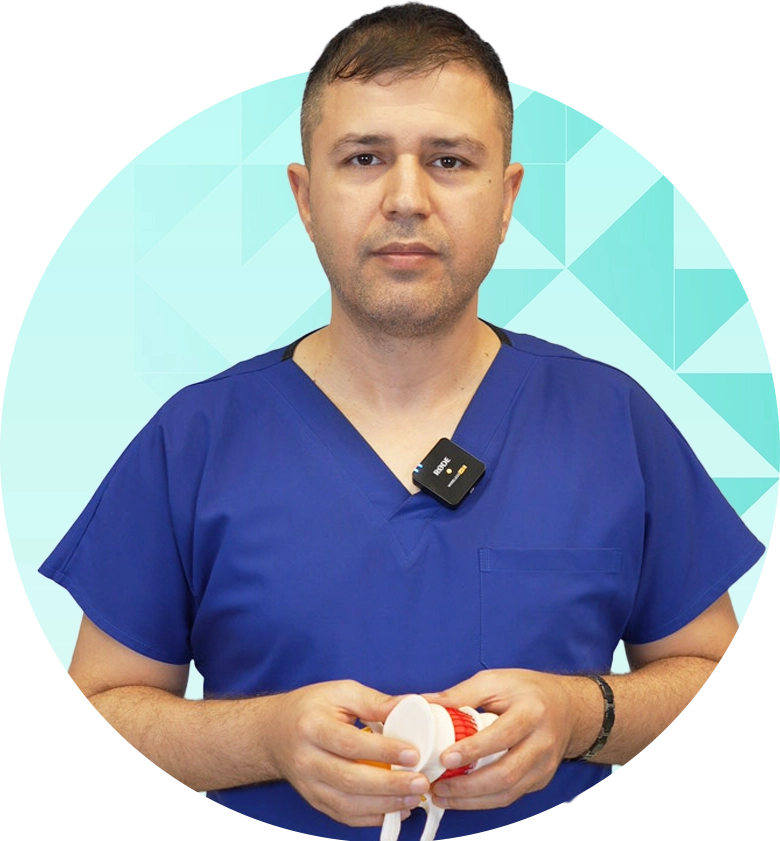
Diseases that can be confused with herniated disc
As with most diseases, there are diseases that can be confused with lumbar disc herniation. For example, spinal or spinal cord tumours in the lower back, hip and knee joint problems, vascular occlusion in the legs, restless leg syndrome, rheumatic conditions, priformis syndrome, nerve compression in the leg, etc. can also cause pain similar to herniated disc. All of these can usually be easily detected with a good physical and radiological examination.
Risks of Lumbar Hernia Surgery
- As with any surgical procedure, herniated disc surgery has potential risks. These risks include infection, haemorrhage, partial or bedridden paralysis due to nerve/spinal cord damage, injury to internal organs or large vessels in the abdomen and death. These risks are extremely unlikely. An experienced surgeon and modern surgical techniques significantly reduce these risks.
Recovery Process After Lumbar Hernia Surgery
- The recovery process after herniated disc surgery varies individually. After the surgery, patients are usually discharged on the same day or the next day. During the recovery process, performing the back exercises recommended by the doctor regularly accelerates recovery and helps the lumbar region to regain its former mobility. In the postoperative period, special attention should be paid to issues such as pain management, reducing the risk of infection and wound care. Most patients can return to their normal daily activities a few weeks after the operation, but full recovery and return to their former activity level may take several months.
When Is Lumbar Hernia Surgery Necessary?
- Surgery in the treatment of a herniated disc is generally recommended when conservative (non-surgical) treatments fail or when the patient experiences serious loss of strength due to nerve compression and neurological problems such as urinary and defecation incontinence occur. The surgery aims to reduce pain and other symptoms by relieving the nerve root that is under pressure.
The Importance of Exercises and Walks in Disc Herniation
- Exercises and regular walks are of great importance for people suffering from a herniated disc. Experts state that simple exercises that can be done at home and walks that do not increase pain can relieve the symptoms of a herniated disc. However, these exercises and walking programs must be planned according to the person's condition, under the guidance of a neurosurgeon and physical therapist.
Lifestyle Changes for Disc Herniation
- Changes in lifestyle are of great importance for preventing herniated disc and managing the current condition. These include exercising regularly, avoiding excess weight, learning proper lifting techniques, and avoiding prolonged sitting. It is important to adopt a healthy posture, a lifestyle that supports the natural curves of the spine and reduces stress. Apart from this, it is necessary to stay away from all kinds of harmful substances that enter the body (cigarettes, alcohol, drugs, detergents, bleach, cosmetics, etc.). It is also very important to have a low-carbohydrate diet, stay away from ready-made and packaged foods, and consume at least 2-2.5 liters of water.
Lumbar Herniated Surgery Prices
Disc herniation surgery prices may vary depending on the treatment method applied, the location of the hospital and the experience of the doctor. Patients are recommended to contact their relevant healthcare provider for detailed information on costs and to evaluate health insurance coverage.
A herniated disc is a serious health problem that affects the lives of many people. It is possible to overcome this situation with developing medical techniques and correct treatment approaches. If you are experiencing symptoms of a herniated disc, it is important to see a healthcare professional for early diagnosis and appropriate treatment plan. Remember, health is your most valuable asset and it is important to be proactive to protect it. It is possible to overcome the problems caused by a herniated disc with a good treatment plan and regular follow-up.
Frequently Asked Questions
A herniated disc can sometimes shrink on its own or even disappear completely. In some cases, even paralysis caused by a herniated disc can resolve spontaneously. The spontaneous resolution of a herniated disc cannot be predicted with certainty based on examination and MRI findings. In order to increase the likelihood of spontaneous healing of a herniated disc, the lifestyle changes mentioned above must be implemented.
Urgent surgical intervention may be required for symptoms such as loss of strength in the legs and/or feet due to a herniated disc, incontinence of urine or defecation, inability to urinate, very severe pain, and sudden curvature of the waist (scoliosis).
Lumbar disc herniation is a common but non-medical term. Burst lumbar hernia is a folk term used for large hernias. A ruptured or large hernia does not necessarily require surgery or cause concern. The decision for surgery is made together with MRI and examination findings.
One of the most typical symptoms of a herniated disc is pain radiating from the waist to the leg. If the hernia puts pressure on the nerve going to the right leg, pain in the right leg is expected; If it puts pressure on the nerve going to the left leg, pain in the left leg is expected. Sometimes, even though the hernia puts pressure on the nerve going to the right leg on MRI, pain can be felt on the left side. In such cases, physical examination and EMG are much more important.
It is accepted that home exercises and not too intense walks are good for herniated disc. However, for correct and healthy exercises, it is necessary to consult a neurosurgeon and physical therapist.
If approved by the doctor after examination by the doctor, regular and non-challenging walks can be good for herniated disc.

